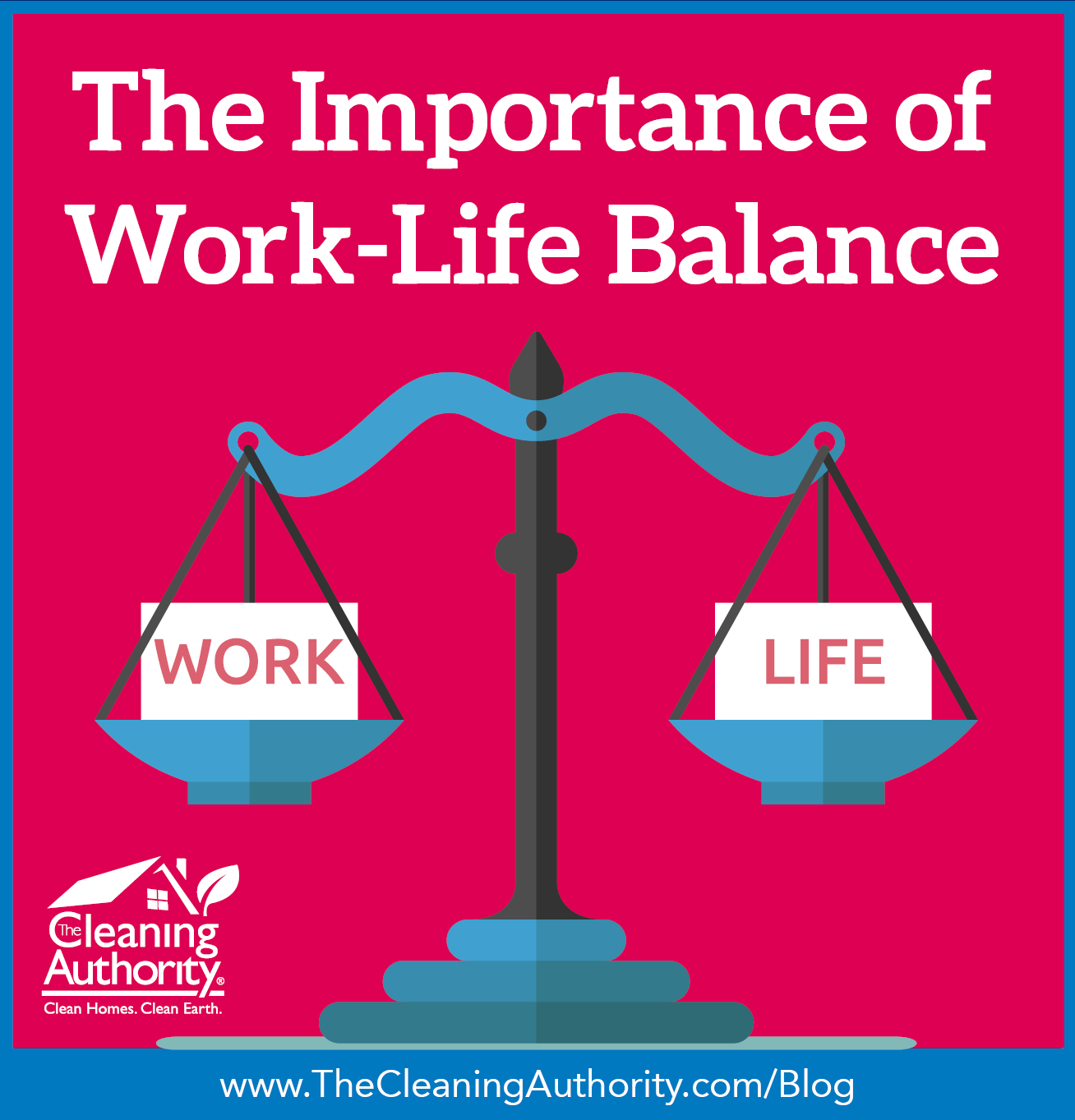


In: Dollard M, Shimazu A, Bin Nordin R, Brough P, Tuckey M (eds) Psychosocial factors at work in the Asia Pacific. īrough P, Hassan Z, O’Driscoll MP (2014a) Work life enrichment. 73–92īrough P, O’Driscoll MP, Biggs A (2009) Parental leave and work-family balance among employed parents following childbirth: an exploratory investigation in Australia and New Zealand. In: Glendon AI, Thompson BM, Myors B (ed) Advances in organisational psychology. īrough P, O’Driscoll MP, Kalliath TJ (2007) Work-family conflict and facilitation: achieving work-family balance. īrough P, O’Driscoll M, Kalliath T (2005) The ability of ‘family friendly’ organisational resources to predict work-family conflict and job and family satisfaction. Edward Elgar Publisher, Cheltenham, pp 346–365īrough P, O’Driscoll M (2010) Organisational interventions for balancing work and home demands: an overview. In: Antoniou A, Cooper C (eds) Research companion to organizational Health Psychology. īrough P, O’Driscoll M (2005) Work-family conflict and stress. J Occup Organ Psychol 83:419–441īrough P, Biggs A (2015) Job demands x job control interaction effects: do occupation-specific job demands increase their occurrence? Stress Health 31(2):138–149. īinnewies C, Sonnentag S, Mojza EJ (2010) Recovery during the weekend and fluctuations in weekly job performance: a four-week longitudinal study examining intra-individual relationships. Retrieved from Canberra: īarley SR, Meyerson DE, Grodal S (2011) E-mail as a source and symbol of stress. J Appl Psychol 90(1):132–146Īustralian Institute of Health and Welfare (2019) Australia’s welfare 2019 in brief. Īryee S, Srinivas ES, Tan HH (2005) Rhythms of life: antecedents and outcomes of work–family balance in employed parents. Wiley, Hoboken, pp 698–718Īllen TD, Kiburz KM (2012) Trait mindfulness and work–family balance among working parents: The mediating effects of vitality and sleep quality. In: Weiner I (ed) Handbook of psychology, vol 12, 2nd edn. KeywordsĪllen T (2013) The work-family interface: a synthesis of research from industrial and organizational psychology. The chapter concludes by noting the increasing evidence linking employee appointments and retention with an organization’s positive work–life balance culture. Finally, this chapter considers the future directions for work–life balance research, focusing on technological advancements (e.g., Fitbits) and individual levels of mindfulness and resilience. These include work demands and resources, family demands and resources, and personality antecedents including evidence associating psychological capital constructs with work–life balance. The chapter also discusses the common antecedents and consequences of work–life balance arising from both work and non-work domains. There is a general consensus that a preferred definition should focus on work– life rather than work- family, in order to include non-family responsibilities and demands, such as study or travel commitments. Journal of Managerial Psychology, 18, 824–841.This chapter reviews the multiple definitions of work–life balance, including definitions focused on the equity of time spent in the work and non-work domains, satisfaction with performance/time spent in each domain, and the salience of each role for an individual. Reflections on the integration of pai work with the rest of life. Murphy (Eds.), From work-family balance to work-family interaction: Changing the metaphor (pp. From balance to interaction: Why the metaphor is important. Advances in Developing Human Resources, 9, 455–471. Conceptualizing work-family balance: Implications for practice and research.

Journal of Vocational Behavior, 63, 510–531. The relation between work-family balance and quality of life. Journal of Occupational Health Psychology, 14, 441–456. Beyond work and family: A measure of work/nonwork interference and enhancement. Work-family border theory: A new theory of work-family balance. Journal of Vocational Behavior, 70, 478–501.Ĭlark, S.

Beyond family-friendly: The construct and measurement of singles-friendly work culture. Journal of Vocational Behavior, 68, 131–164.Ĭasper, W. Measuring the positive side of the work/family interface: Development and validation of a work-family enrichment scale. Gorman (Eds.), Work and Quality of Life: Ethical Practices in Organizations. Ethical imperatives of work/life balance.


 0 kommentar(er)
0 kommentar(er)
